Bird’s Eye Chili: A Fiery Flavor Powerhouse You Can’t Ignore!
If you've ever tasted a Thai curry or a Vietnamese dipping sauce, chances are you've met the star of the spice world—the Bird’s Eye Chili. Known for its compact size and mighty punch, this little red gem is a staple in many Asian kitchens. But how hot does it really get? How do you use it safely? And why is it so popular across cuisines?
Table of Contents
- What Is Bird’s Eye Chili?
- Scoville Scale: Measuring the Heat
- How Hot Is Bird’s Eye Chili?
- Culinary Uses Around the World
- Safety Tips When Handling
- Buying Guide: Picking the Perfect Chilies
- Bird’s Eye vs Other Popular Chilies
- Growing Your Own Bird’s Eye Chili
- Conclusion
What Is Bird’s Eye Chili?
The Bird’s Eye Chili, scientifically known as Capsicum annuum var. bird’s eye (or sometimes Capsicum frutescens), is a small, thin pepper that ranges from green to bright red when mature. Despite its diminutive size—usually about 1 to 2 inches long—it packs a powerful heat.
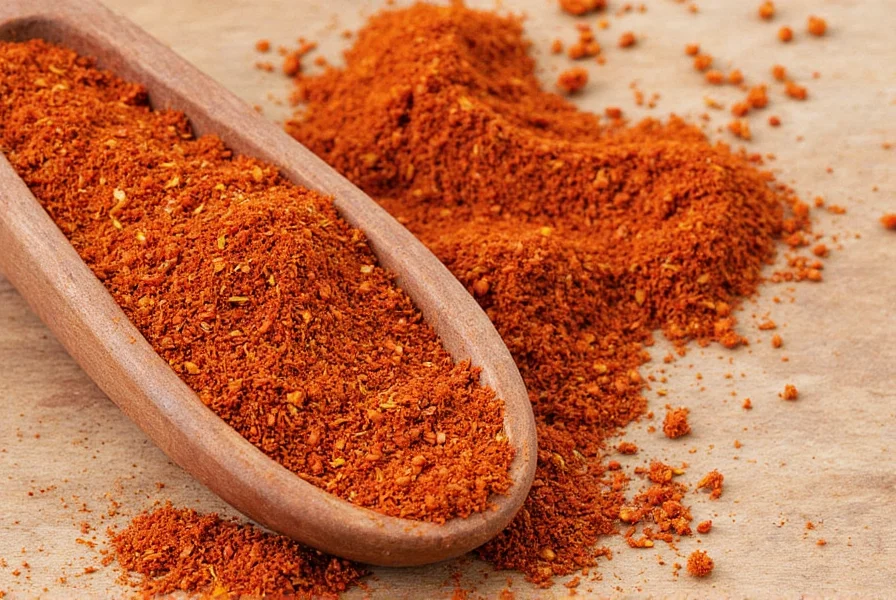
Natives of Southeast Asia have used this chili for centuries, but it has since spread globally due to its versatility and intense flavor profile. The name likely comes from the fact that birds help disperse the seeds, and they’re immune to the capsaicin burn, making them perfect natural farmers!
Scoville Scale: Measuring the Heat
To understand just how spicy a Bird’s Eye Chili is, we need to talk about the Scoville Scale. Created by pharmacist Wilbur Scoville in 1912, this scale measures the pungency (spicy heat) of chili peppers based on the concentration of capsaicinoids—the compounds responsible for that burning sensation.

The measurement starts at zero for mild bell peppers and climbs all the way up to millions of Scoville Heat Units (SHU) for the world’s spiciest chilies like the Carolina Reaper. Each step up the scale means more heat, more capsaicin, and a greater chance you’ll be reaching for milk instead of water after a bite!
How Hot Is Bird’s Eye Chili?
The Bird’s Eye Chili typically falls between **50,000 to 100,000 SHU** on the Scoville Scale. To put that into perspective:
- Jalapeño: 2,500–8,000 SHU
- Serrano: 10,000–23,000 SHU
- Cayenne: 30,000–50,000 SHU
- Habanero: 100,000–350,000 SHU
So yes, Bird’s Eye is hotter than cayenne and close to habanero territory. However, because of its small size, people often underestimate its power until it hits their tongue—and then it hits hard.
| Chili Variety | Scoville Heat Units (SHU) | Heat Level |
|---|---|---|
| Bell Pepper | 0 | Mild |
| Jalapeño | 2,500–8,000 | Moderate |
| Cayenne | 30,000–50,000 | Hot |
| Bird’s Eye Chili | 50,000–100,000 | Very Hot |
| Habanero | 100,000–350,000 | Extreme |
Culinary Uses Around the World
Bird’s Eye Chili is beloved not only for its heat but also for its bold, fruity flavor. It’s a staple ingredient in many cuisines, particularly in:
- Thai Cuisine: Used fresh or dried in curries, stir-fries, and spicy sauces like nam prik.
- Vietnamese Dishes: Often sliced thinly into pho or added to nuoc cham for an extra kick.
- Malaysian & Indonesian Food: Essential in sambal oelek and other fiery condiments.
- African and Caribbean Cooking: Occasionally used in hot sauces and jerk marinades.
Because of its potency, a little goes a long way. Whether you're drying them, fermenting them, or pickling them, Bird’s Eye Chilies bring a ton of flavor and heat to any dish they touch.
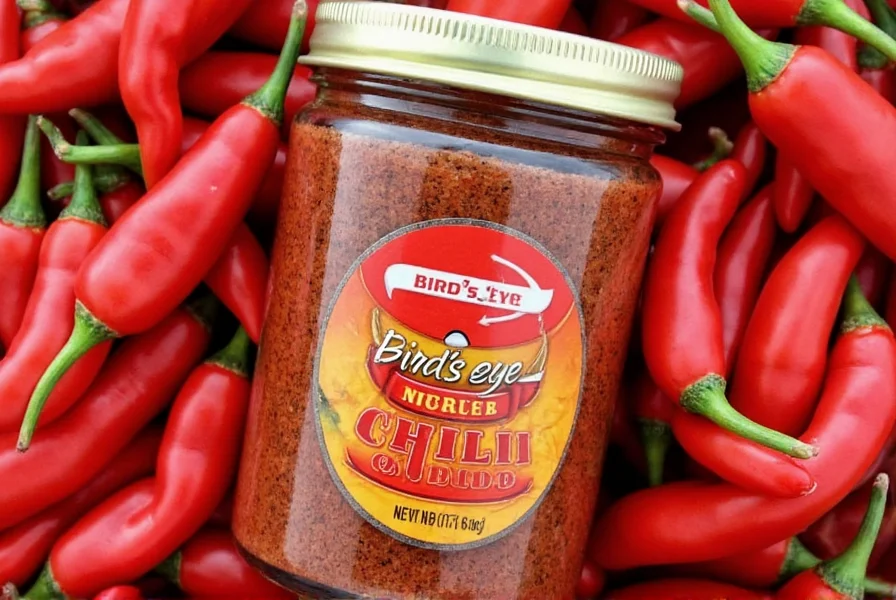
Safety Tips When Handling Bird’s Eye Chili
Let’s face it—this chili doesn’t mess around. Here are some practical tips to handle Bird’s Eye Chilies safely:
- Wear gloves when chopping or handling them to avoid skin irritation.
- Never touch your eyes or face after handling without washing your hands thoroughly.
- Rinse under cold water if you accidentally get the juice on your skin; avoid using soap as it can spread the oils.
- Use dairy products (like yogurt or milk) if your mouth is burning after eating—it neutralizes the capsaicin better than water.
- Remove the seeds and inner membranes for less heat.
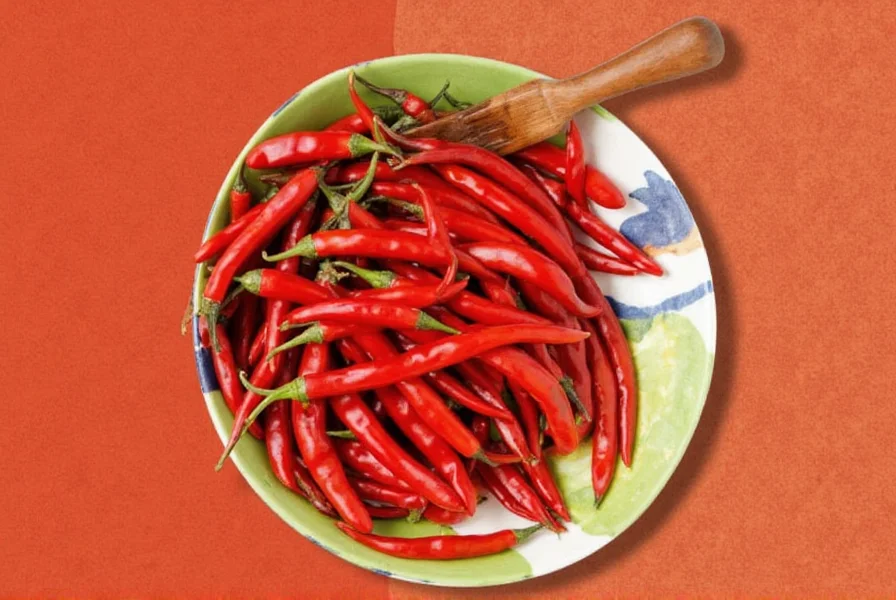
Buying Guide: Picking the Perfect Chilies
Whether you’re shopping at your local market or ordering online, here’s what to look for when buying Bird’s Eye Chilies:
1. Fresh Chilies
- Look: Bright color (green to red), firm to the touch, no soft spots or wrinkles.
- Smell: Should smell earthy and slightly floral—not musty or sour.
- Best For: Fresh use in salads, sauces, or garnishes.
2. Dried Chilies
- Look: Deep red, flexible but not brittle. Avoid overly dry or cracked ones.
- Smell: Intensely aromatic with a smoky-sweet note.
- Best For: Grinding into powder, infusing oils, or rehydrating for sauces.
3. Powdered Form
- Look: Vibrant red color without clumps.
- Smell: Strong and spicy aroma.
- Best For: Spicing up soups, stews, or rubs quickly.
Top Products to Try
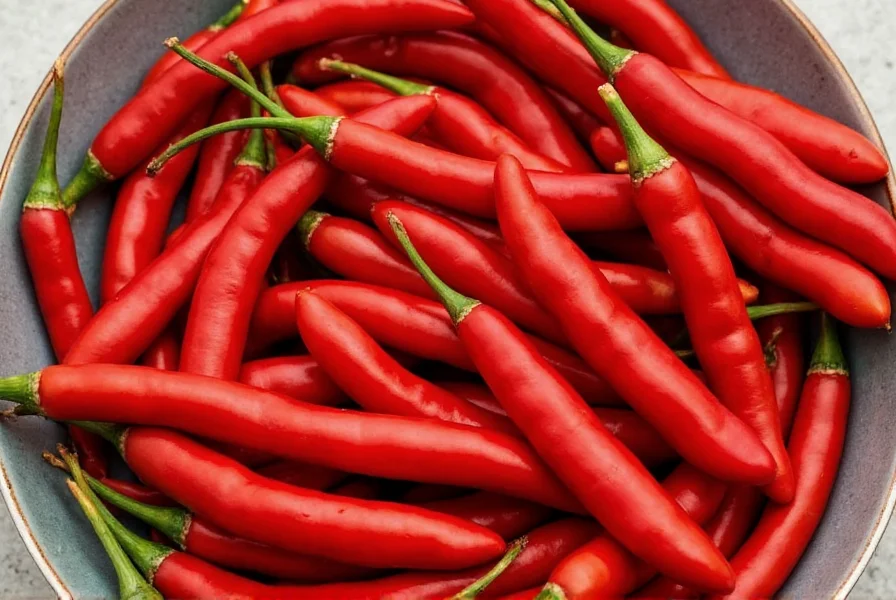
Dried Bird’s Eye Chilies (Pack of 50g)
Features: Sun-dried and naturally preserved. Ideal for grinding or simmering into sauces.
Advantages: Long shelf life, potent flavor, easy to store.
Use Cases: Making homemade sambal, spice blends, or oil infusions.
Target Audience: Home cooks and chefs looking for authentic flavor.
Suitable Occasions: Everyday cooking or festive meals needing a kick.
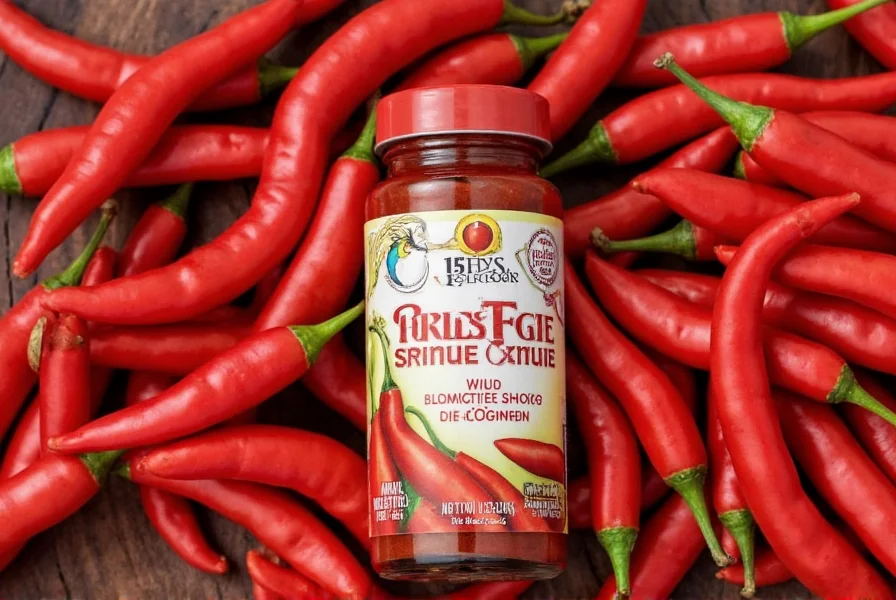
Bird’s Eye Chili Powder
Features: Made from ground dried Bird’s Eye Chilies, finely milled.
Advantages: Instant heat boost without prep time.
Use Cases: Enhancing marinades, seasoning snacks, or adding depth to dips.
Target Audience: Busy home cooks and spice lovers.
Suitable Occasions: Quick meal prep or spice mixes for grilling.
Bird’s Eye vs Other Popular Chilies
It’s always fun to compare your favorite chilies. Here’s how Bird’s Eye stacks up against some others:
| Chili | Heat Level (SHU) | Flavor Profile | Best For |
|---|---|---|---|
| Bird’s Eye | 50,000–100,000 | Fruity, sharp, bold | Curries, sambals, hot sauces |
| Habanero | 100,000–350,000 | Tropical fruit, citrusy | Exotic hot sauces, desserts |
| Cayenne | 30,000–50,000 | Earthy, grassy | Spice blends, general cooking |
| Ghost Pepper | 855,000–1,041,427 | Smoky, sweet upfront, delayed fire | Challenge eating, extreme heat lovers |
While Habanero and Ghost Pepper are hotter, Bird’s Eye offers a unique balance of heat and flavor that makes it a go-to for everyday spicing.
Growing Your Own Bird’s Eye Chili
Want to try growing Bird’s Eye Chilies at home? Here’s what you’ll need:
- Climate: Warm and sunny. Prefers temperatures above 60°F (15°C).
- Soil: Well-draining, fertile soil with organic matter.
- Water: Regular watering but avoid soggy roots.
- Sunlight: At least 6 hours per day.
- Harvest Time: Starts bearing fruit within 70–90 days after planting.
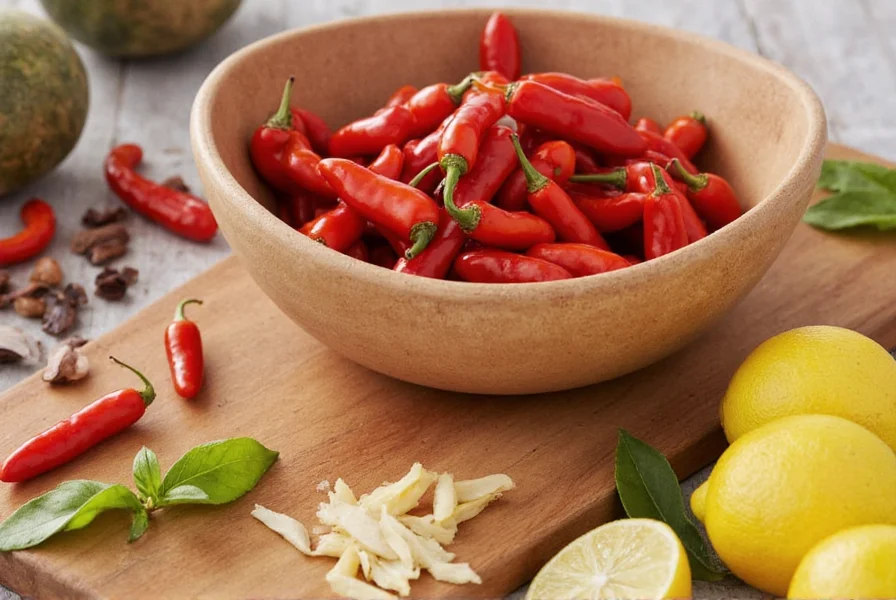
You can grow these chilies indoors or outdoors. They make excellent container plants and thrive on balconies or patios. Just make sure to protect them from frost and give them plenty of love!
Conclusion
From its explosive heat to its incredible flavor, the Bird’s Eye Chili is more than just a pretty red pod—it’s a powerhouse of taste and intensity. Whether you’re a culinary adventurer or a casual cook looking to spice things up, Bird’s Eye Chili deserves a spot in your kitchen.
Remember, respect its heat, handle it with care, and experiment with its uses. Whether fresh, dried, or powdered, it brings a unique kick that elevates dishes beyond ordinary spices. So next time you see those tiny red chilies at the market, don’t walk—run over and grab a bunch!
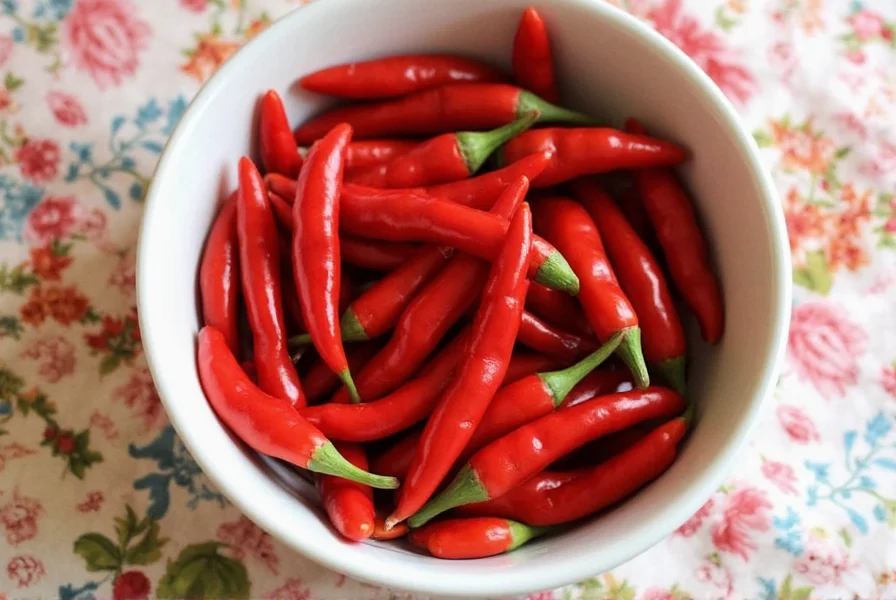
Stay spicy, friends 🌶️

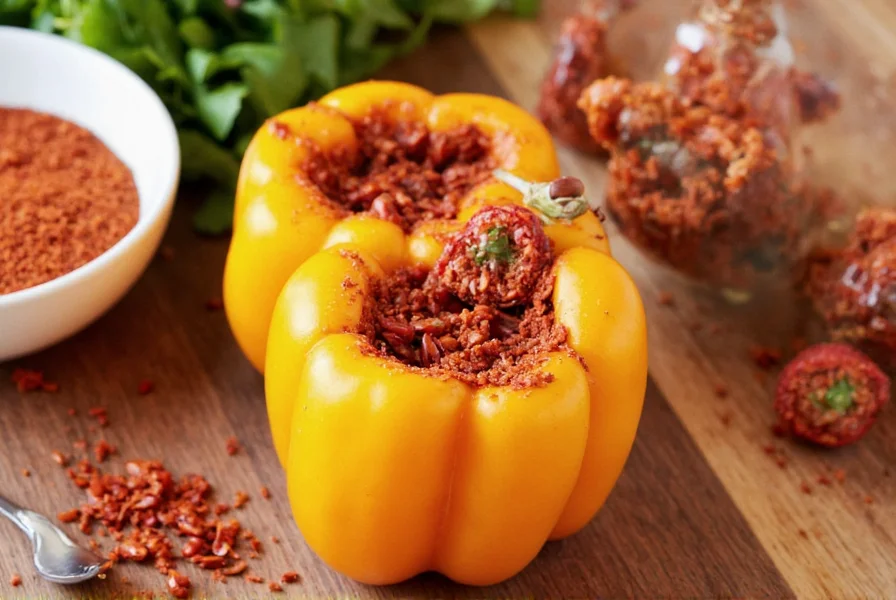









 浙公网安备
33010002000092号
浙公网安备
33010002000092号 浙B2-20120091-4
浙B2-20120091-4